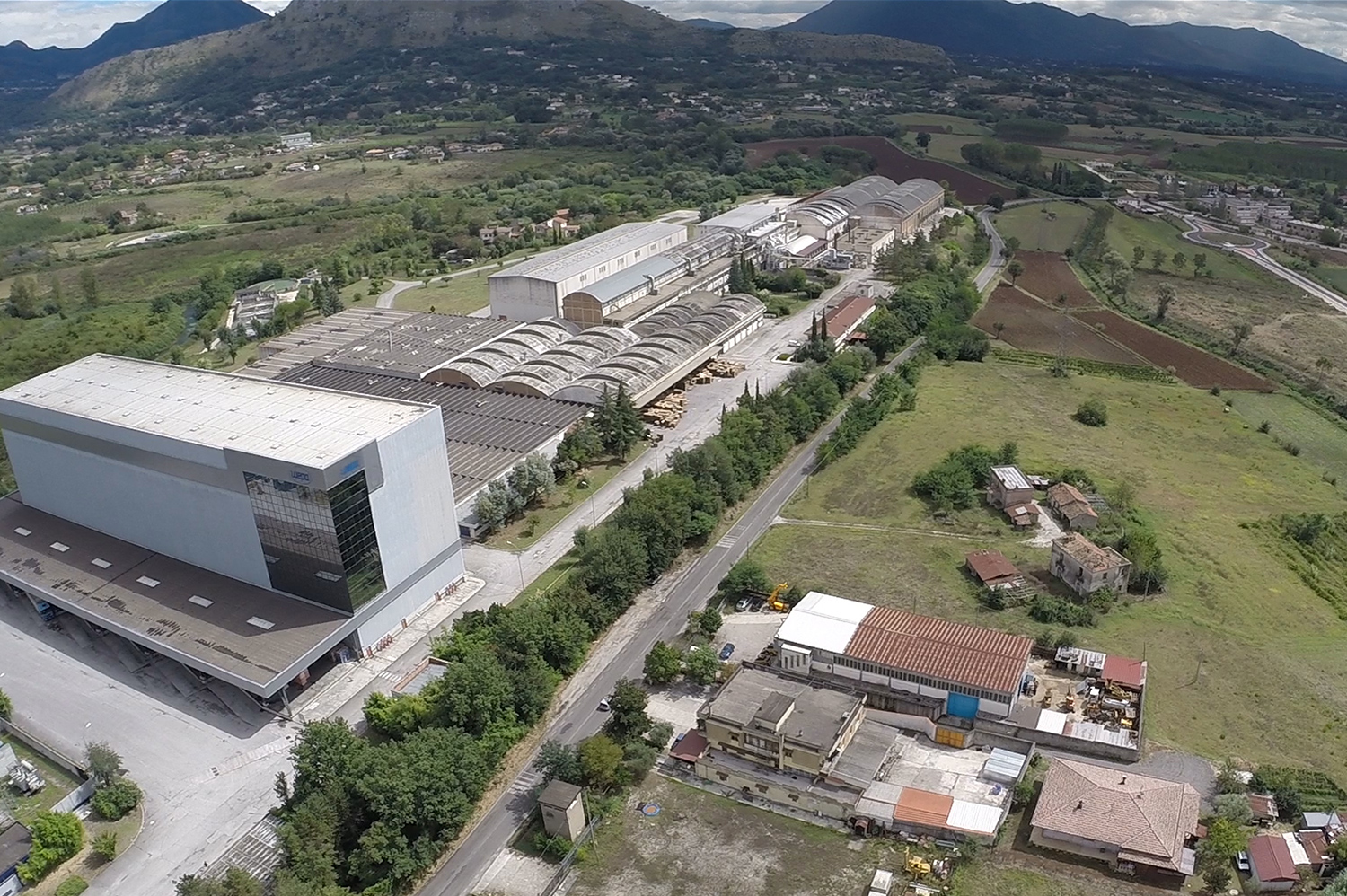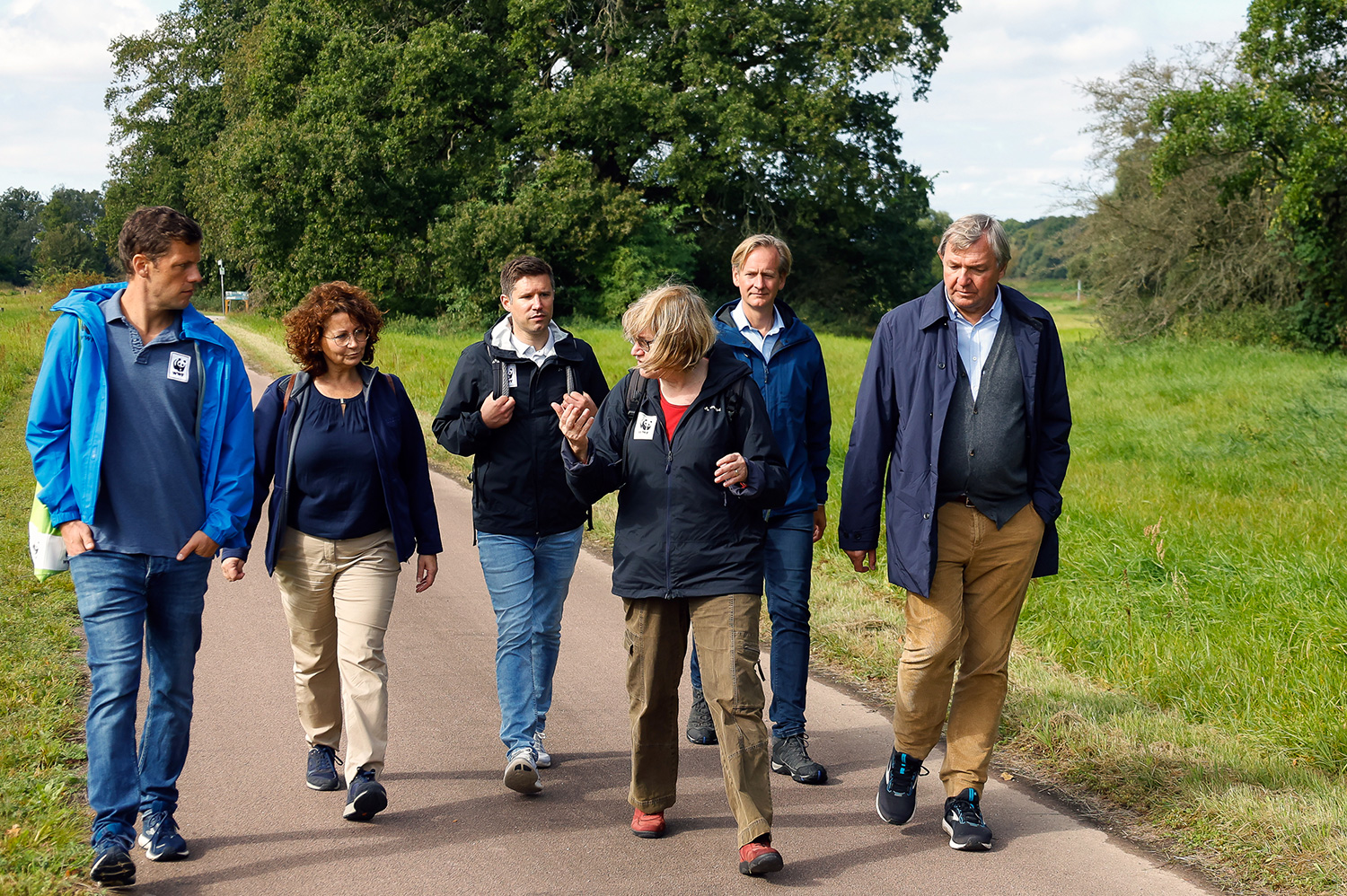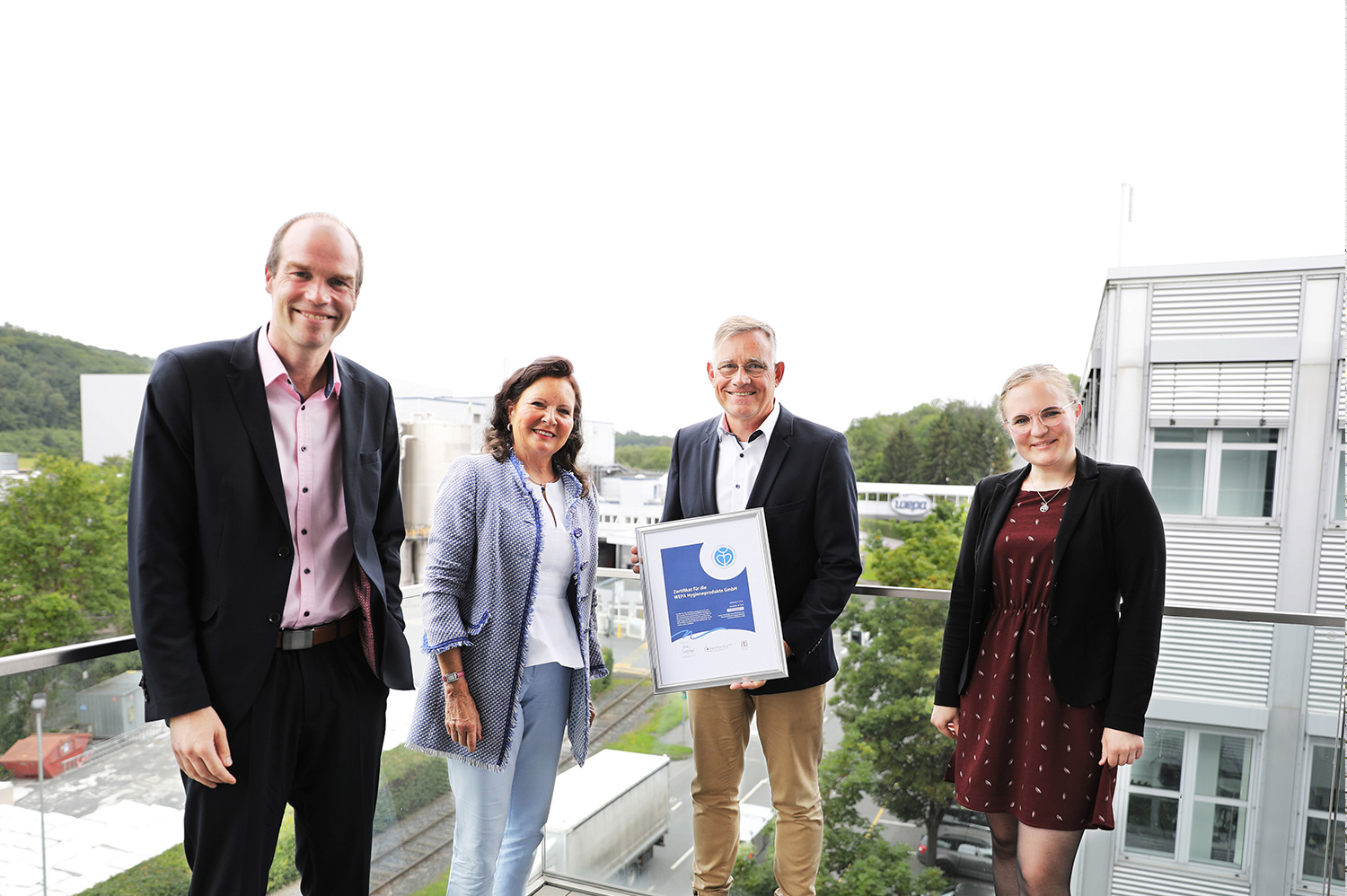08.01.2021 - Press
WEPA is co-partner of the newly founded paper model factory
On Thursday, December 17th, the foundations for the paper model factory were laid at Düren with the signing of the partnership agreement. Its aim is to research CO₂-neutral paper production in the future. WEPA belongs to the consortium of the model factory, consisting of 15 companies from the paper and supplier industry.
With the founding of the "Society for the Research Promotion of Sustainable Paper Technologies" – briefly the paper model factory – the consortium is pursuing the goal of contributing to the Paris climate protection agreement and to maintaining Germany as a competitive industrial location and thus securing local jobs in the long term.
“For us as the WEPA Group, sustainability has always been a central aspect. It is, therefore, an important issue for us, as member of the consortium of the paper model factory in a network of paper manufacturers, supplier industry and universities, to make a contribution to the research of climate-neutral production methods,” explains Martin Krengel, CEO of the WEPA Group.
The interdisciplinary innovation network of the paper model factory consists of paper manufacturers and suppliers, important mechanical engineering companies, the most important paper research institutions of Germany and other innovation drivers. The founding fathers of the model factory are in particular the TU Darmstadt and the Heidenau Paper Technology Foundation, who now want to work closely with the various regional institutes of the Jülich Research Center, the RWTH Aachen and the FH Aachen in the paper model factory.
Following the establishment of the research company in Düren, an appropriate research building with laboratories and a technical center will be built in the innovation quarter at the Düren train station by 2024. The real laboratory nationwide networked with research partners, will focus on the areas of raw materials and additives, process engineering, digitisation, and energy and recycling management in four so-called living labs.


